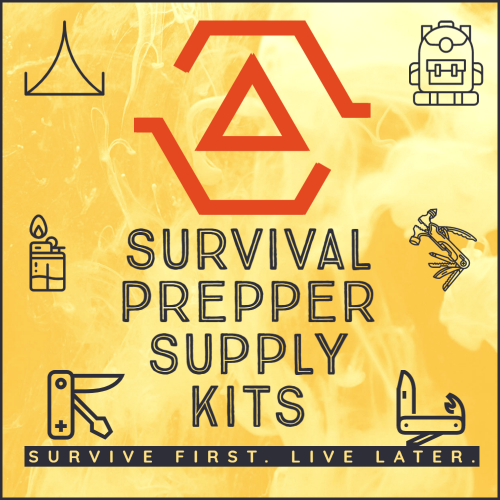
Top Survival Foods with Long Shelf Lives
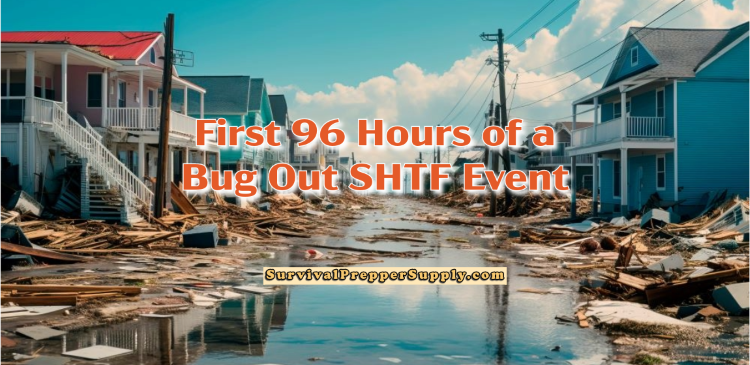
First 96 Hours of a Bug Out SHTF Event

How to Survive Off-Grid: A Guide to Homestead Living

Why Should You Be Prepared for Survival Prepping?
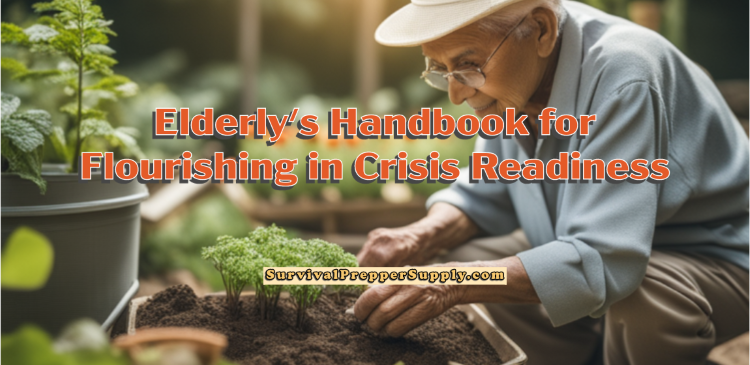
Thriving with the Elderly – Tapping into Age-old Insights for Crisis Readiness

You Want This 30 Item Checklist with 50 Tips for a 2024 Survival Blueprint

Ultimate Guide to Generators and Solar Power for Survival Preppers

The Basic 7-Step Guide to Survival Prepping

Homesteading Property Perks for Survival Preppers

Survival Prepper Tips for Using the MOLLE System Efficiently

8 Kinds of Protective Survival Body Gear, A Buyer’s Guide

10 Ways to Use Drones for Survival Security Monitoring, Part 2

Advanced First Aid Survival Kit Checklist

Advanced First Aid Survival Guidance
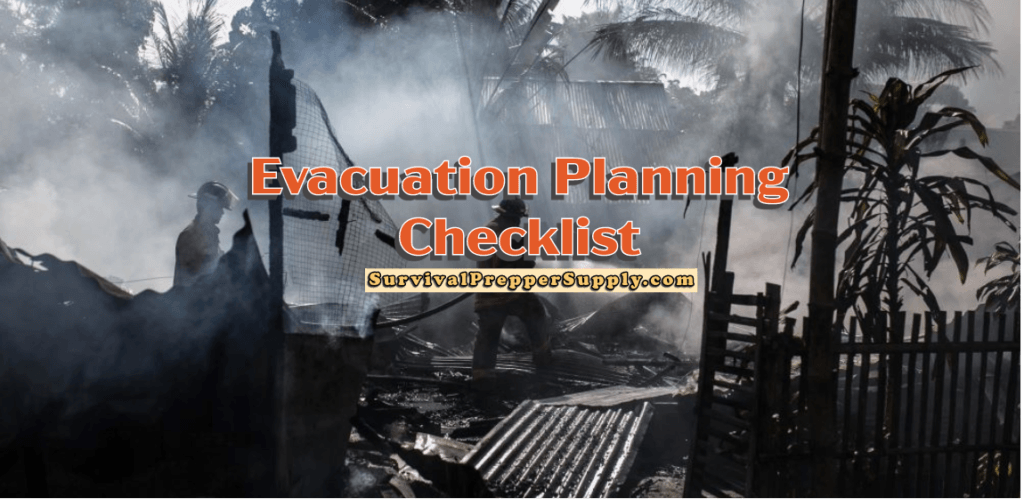
Emergency Evacuation Plan Checklist
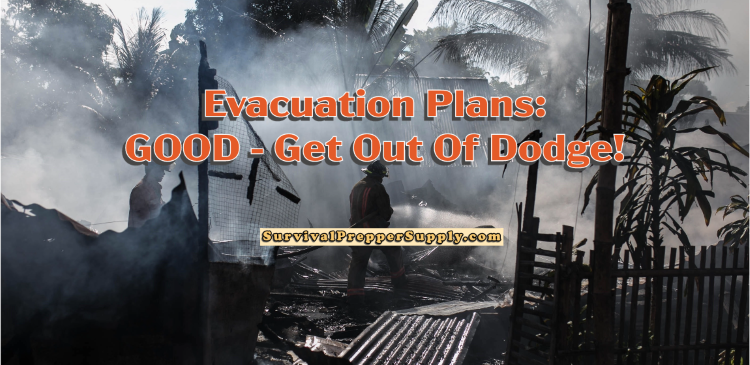
Evacuation Plans: GOOD – Get Out Of Dodge!

Basic Survival Gear Checklist

Emergency Communication Survival Devices Checklist

